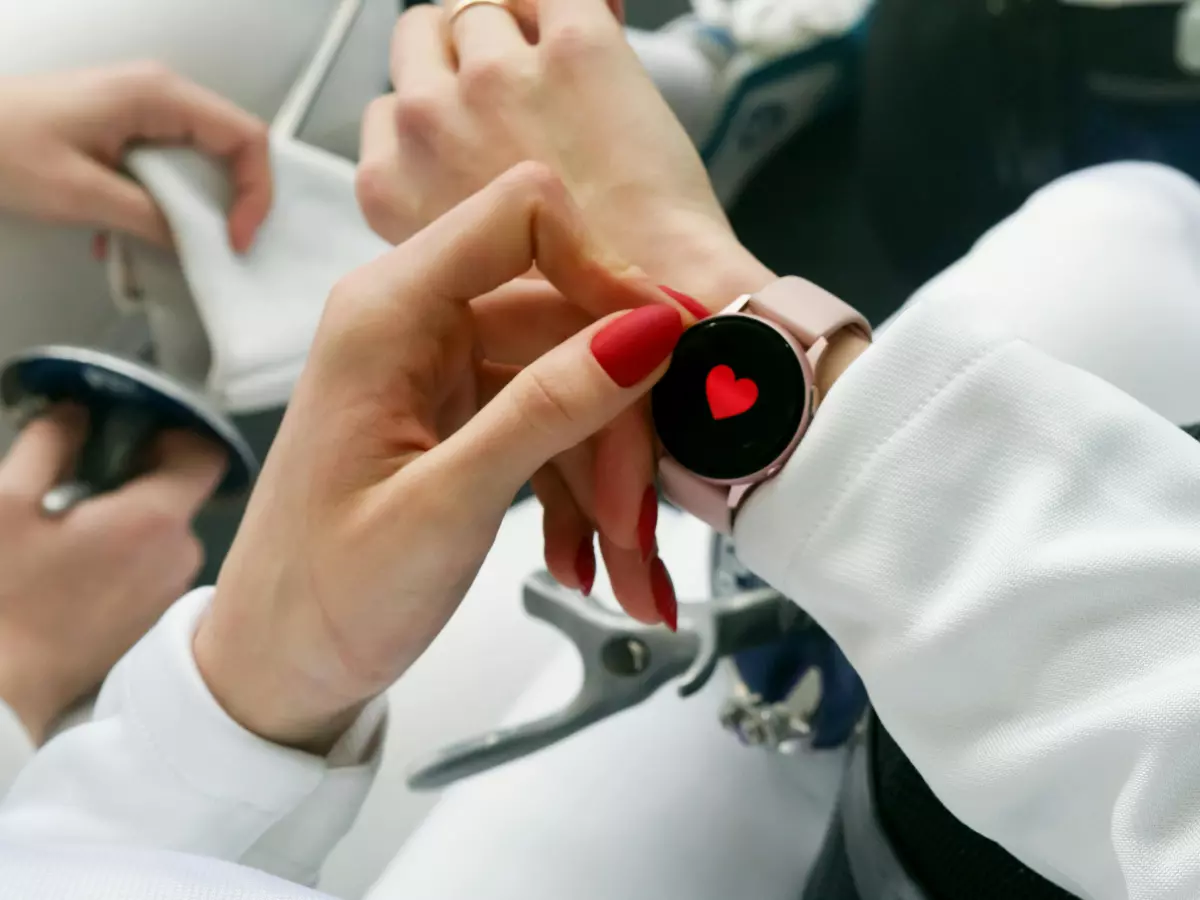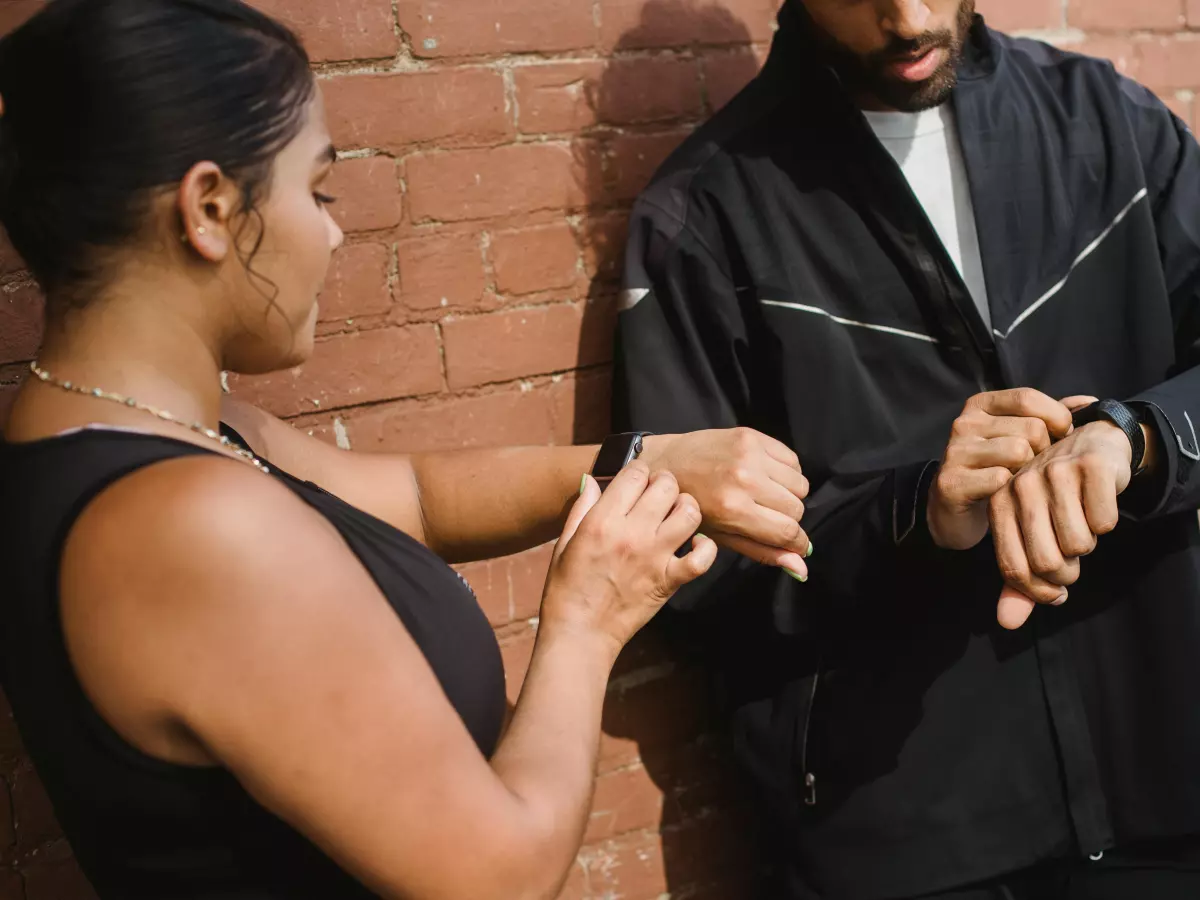Predicting Your Next Move
Imagine your smartwatch knows you're about to stand up before you even realize it. Or your fitness tracker suggests a workout based on your mood and energy levels. Sounds futuristic, right? Well, it's not as far-fetched as you might think.

By Tomás Oliveira
Wearables have come a long way from just counting steps or tracking heart rates. Today, they’re becoming eerily good at predicting what you’re going to do next. The magic behind this? A combination of sensors, battery optimization, and smart software integration that work together to anticipate your actions. But how exactly does this work? Let’s break it down.
Sensors: The Eyes and Ears of Your Wearable
At the heart of any wearable device are its sensors. These tiny components are constantly gathering data about your body and environment. From accelerometers to gyroscopes, wearables are packed with sensors that track your movement, orientation, and even your physiological state.
For example, an accelerometer measures the speed and direction of your movement, while a gyroscope detects changes in your orientation. Together, these sensors can tell if you’re walking, running, or even sitting still. But that’s just the beginning. Wearables are now equipped with more advanced sensors like heart rate monitors, electrodermal activity sensors (which measure stress levels), and even SpO2 sensors that track your blood oxygen levels.
These sensors don’t just collect data—they also analyze it in real-time. By recognizing patterns in your movements and behaviors, wearables can predict what you’re likely to do next. For instance, if your smartwatch notices that you’ve been sitting for a while and your heart rate is low, it might suggest that you stand up and stretch. Or if it detects that your stress levels are rising, it could recommend a breathing exercise to calm you down.
Battery Life: The Balancing Act
Of course, all this data collection and analysis requires power. And that’s where battery life becomes a critical factor. Wearables need to strike a delicate balance between gathering enough data to make accurate predictions and conserving battery life so they don’t die halfway through the day.
To achieve this, wearables use a combination of hardware and software tricks to optimize battery usage. For example, many devices use low-power sensors that can run continuously without draining the battery. They also rely on algorithms that prioritize which data to process in real-time and which to store for later analysis.
Additionally, wearables often use machine learning models that get smarter over time. As the device learns more about your habits and routines, it can make more accurate predictions with less data, which in turn conserves battery life. It’s a win-win situation: you get a more personalized experience, and your device lasts longer between charges.
Software Integration: The Brain Behind the Predictions
While sensors and battery life are important, they wouldn’t be able to do much without the software that ties everything together. This is where things get really interesting. Wearables use complex algorithms and machine learning models to process the data collected by sensors and make predictions about your behavior.
For example, let’s say your fitness tracker notices that you usually go for a run in the morning. Over time, it might start to predict when you’re going to run based on your previous patterns. It could even suggest a specific workout based on your current energy levels and the weather conditions outside.
But it doesn’t stop there. Wearables are also starting to integrate with other devices and services to provide even more personalized experiences. For instance, your smartwatch could sync with your smart home system to adjust the lighting and temperature based on your activity levels. Or it could connect with your calendar to remind you to take a break during a busy workday.
The Future of Wearable Predictions
As wearable technology continues to evolve, the ability to predict your next move will only get better. With advancements in sensor technology, battery optimization, and machine learning, wearables will become even more intuitive and personalized. Imagine a future where your smartwatch knows when you’re about to get sick before you even feel the symptoms, or where your fitness tracker can predict your optimal workout time based on your sleep patterns and stress levels.
The possibilities are endless, and we’re just scratching the surface of what wearables can do. So the next time your smartwatch suggests you take a walk or your fitness tracker recommends a workout, remember: it’s not just guessing—it’s predicting your next move based on a complex web of sensors, data, and algorithms.
And who knows? Maybe one day, your wearable will know you better than you know yourself.




